Tag: franz schubert
-

-

-
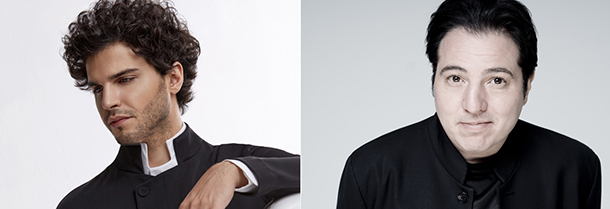
PROGRAM NOTES: JAMAL ALIYEV AND FAZIL SAY
Franz Schubert Sonata in A minor for Arpeggione and Piano D. 821 Schubert’s Arpeggione Sonata was composed in 1824 but only published in 1871—long after the composer’s death in 1828, and almost as long after the principal instrument for which it was written fell out of favour. The six-stringed arpeggione was a kind of large…
-

PROGRAM NOTES: STEVEN OSBORNE
Franz Schubert Impromptu No. 1 in F minor D. 935 The impromptu is just one of a number of small-scale instrumental genres arising in the early 19th century, known under the collective title of character pieces. Cultivated by composers in the emerging Romantic movement, these pieces presented a simple musical idea in an intimate lyrical…
-
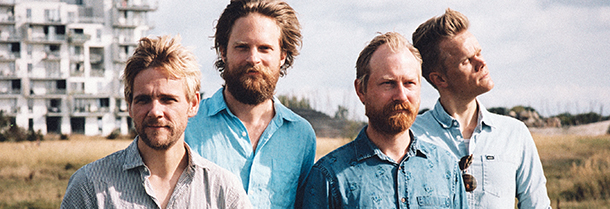
PROGRAM NOTES: DANISH STRING QUARTET II
Franz Schubert String Quartet No. 14 in D minor D. 810 (Death and the Maiden) Schubert’s “Death and the Maiden” string quartet is a sombre work, with all four of its movements set in a minor key. It takes its name from the composer’s lied Der Tod und das Mädchen (1817) that provides the theme for…
-
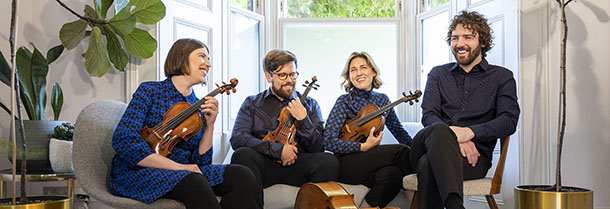
PROGRAM NOTES: CASTALIAN STRING QUARTET
Franz Joseph Haydn String Quartet in D minor Op. 76 No. 2 (“Fifths”) Haydn is known as the father of the string quartet for his leading role in transforming the genre from its origins as light entertainment into a vehicle for serious composition, worthy of standing beside the instrumental sonata and the orchestral symphony. His…
-

PROGRAM NOTES: DANISH STRING QUARTET
Seeing Double: The Doppelgänger Project Reprinted courtesy of Cal Performances, University of California, Berkeley, CA “Mir graust es, wenn ich sein Antlitz sehe/Der Mond zeigt mir meine eigne Gestalt” (“It horrifies me when I see his face/The moon reveals my own likeness…”). These chilling words from one of the poems in Heinrich Heine’s Buch der Lieder…
-

PROGRAM NOTES: LUCAS & ARTHUR JUSSEN
Johann Sebastian Bach Three Chorale Preludes (arr. György Kurtág) The chorale, a hymn setting of pious verse in simple note values, was a central element in Lutheran liturgical practice, whether sung in unison by the congregation, in four-part harmony by the choir in a cantata, or artfully arranged into a web of contrapuntal lines on…
-
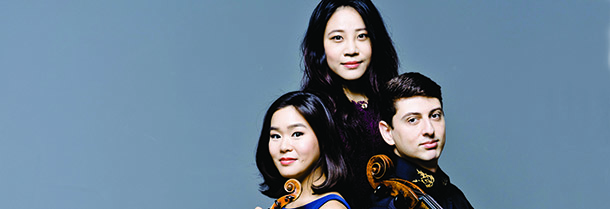
PROGRAM NOTES: Z.E.N. TRIO
Franz Schubert Notturno in E-flat major Op. 148 Schubert’s Adagio for Piano Trio D 897 was composed in 1827 but only published decades later, under the publisher’s title Notturno. And indeed, the opening section does conjure up images of nighttime serenity, with its heavenly texture of harp-like arpeggios in the piano supporting a hypnotic melody…
-
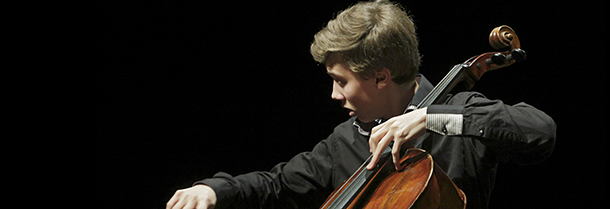
PROGRAM NOTES: JONATHAN ROOZEMAN
Luigi Boccherini Sonata in A major G 4 Luigi Boccherini was perhaps the greatest cellist of the 18th century, and like his compatriot of a previous generation, Domenico Scarlatti, he spent the most active portion of his professional life at the court of Spain. His royal patron, the Spanish Infante Don Luis Antonio, younger brother…

